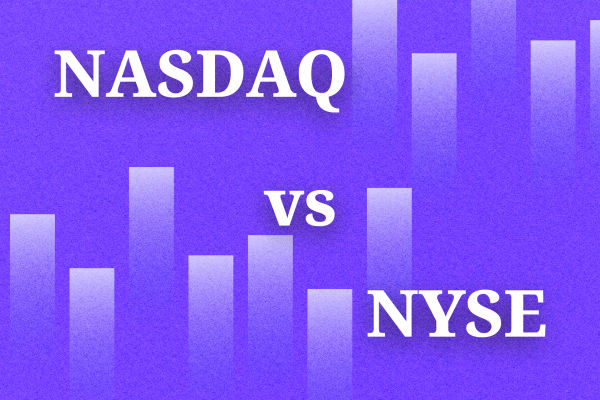The primary risk in covering positions is using ineffective methods, such as segmented or step-by-step approaches. These strategies can strain limited funds and deepen losses, turning what should correct buying errors into additional risks. It's essential to avoid treating position covering as a reaction to past mistakes without a clear, strategic approach.

The result of repeatedly covering positions and buying more and more sets will inevitably lead to oneself being trapped in a deep set of quagmire that cannot be extricated. For strategic replenishment, the most successful replenishment operation must strive for success at once, because strategic replenishment is used for unwinding purposes, often requiring heavy or full positions, and investing a large proportion of funds, which is a key operation that determines success or failure. Therefore, extreme caution must be exercised. Tactical position covering mainly involves grasping the periodic bottom of the stock price, making short-term moves, and quickly withdrawing funds after making profits. Although it does not have a limit on the number of operations, tactical replenishment does not require segmented or level by level replenishment.
Secondly, forex trading experts emphasize that the risk associated with hedging positions often stems from investors' misunderstanding of strategic versus tactical hedging methods. Some traders either lack a clear concept of these approaches or confuse their application in real-market scenarios. For example, if the requirement for strategic covering is not deep enough, it will not be covered. If there are no unexpected circumstances after covering the position, it will not be sold. However, some investors cannot withstand the market wash of the banker and sell the strategic covering chips early. As a result, although the stock price has risen a lot, they are unable to unwind. There is also tactical covering, whether deep or shallow, which can be used to cover positions. However, it requires timely profit taking in the short term. Some investors do not understand the technical requirements of tactical covering positions and often turn the short term into a growth line and the covering chips into a holding chip. These are all common mistakes that investors make when covering their positions, and they need to pay attention to overcoming them.
Finally, the risk of covering a position also stems from investors' lack of awareness of stopping losses during the covering operation.
Usually, there is no stop loss issue with strategic replenishment, even when the stock price drops below the replenishment price and there is a temporary lockdown, there is no need to stop loss because even if investors buy in the bottom area of the stock price, it is almost impossible to buy at the lowest price. It is normal for a short period of trapping to occur after a correct position covering, and one cannot rush to stop losses like a frightened bird when a loss occurs. Moreover, strategic replenishment is also an investment decision made with a certain degree of confidence, which inherently has a certain level of security. Therefore, strategic replenishment does not require a stop loss under normal circumstances. However, there are exceptions, especially when there are significant changes in market conditions such as fundamentals or when investors make significant mistakes in their analysis of the market, investors still need to show the determination to break their guard.
Tactical replenishment is a short-term operation that usually requires the development of a stop loss (or win stop) plan and stop loss standards before the replenishment operation. In actual operations, it is necessary to maintain timely market monitoring. When there are any abnormal changes in the market, the loss should be immediately stopped and eliminated, and no adjustments in unclear directions should be involved to ensure the safety of funds.
Simply put, there are the following risks associated with forex averaging:
1. Increase investment risk: Forex averaging refers to adding more funds to existing positions, which increases investment risk. If the market is unfavorable, it can lead to greater losses for investors.
2. Increased psychological pressure: The forex market is highly volatile, and if market fluctuations continue after covering positions, investors may make incorrect decisions due to increased psychological pressure, exacerbating losses.
3. Insufficient funds: Replenishing positions requires additional funds, and if investors do not have sufficient funds, it may lead to a breakdown of the funding chain and the inability to continue holding positions.
4. No stop loss: Replenishing positions also requires setting a stop loss. If investors do not set a stop loss, it may lead to increased losses.
Therefore, forex averaging requires cautious operation, and investors need to develop reasonable restocking plans and set stop losses to reduce investment risks based on fully considering their own risk tolerance.
【 EBC Platform Risk Reminder and Disclaimer 】: There are risks in the market, and investment needs to be cautious. This article does not constitute investment advice.







